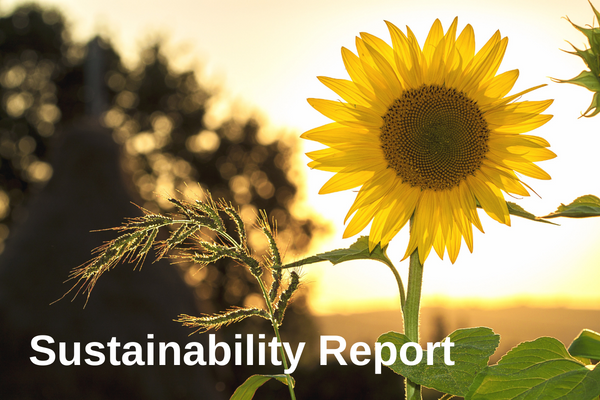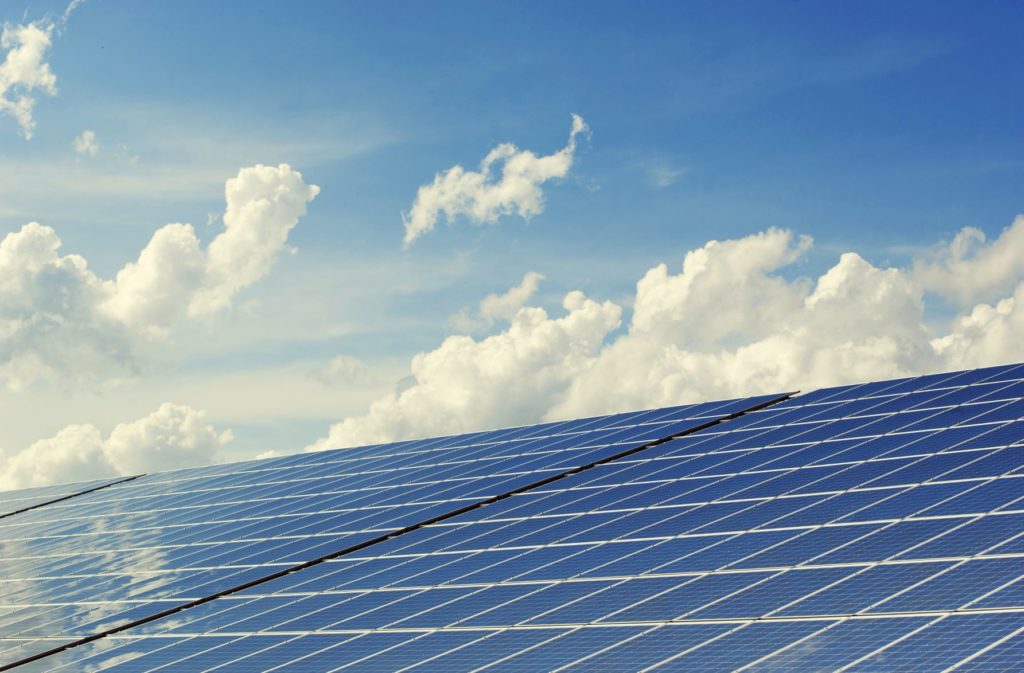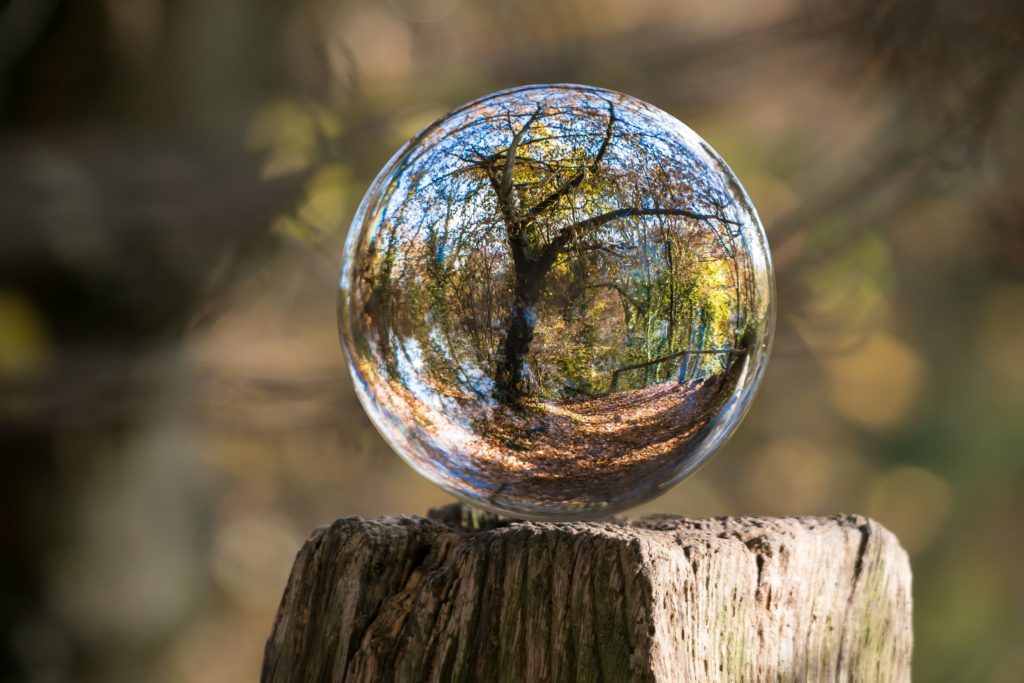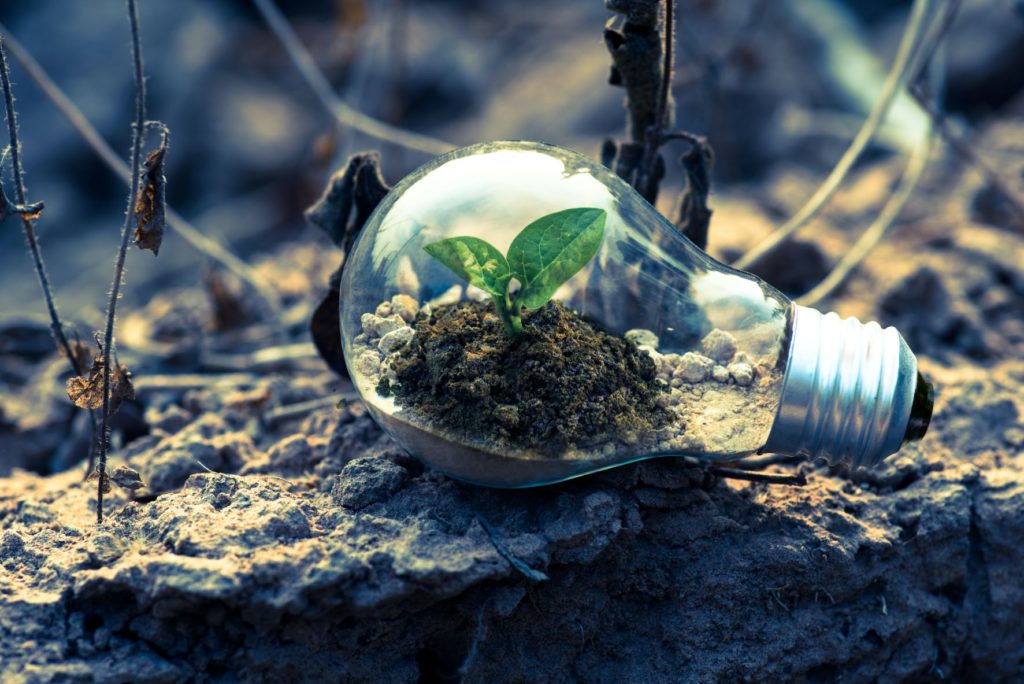
Michael Immecke
Founder, Apollo AR GmbH
e: [email protected]
Introduction to Michael’s Column on Sustainability
This post is part of our guest column “The Light Is Not Always So Green” by Michael Immecke. In this series of posts, Michael shares his experiences as a lighting planner and consultant based in Germany, focused on helping his clients achieve their sustainability goals. Through these posts, Michael pulls back the curtains on his work and allows us behind-the-scenes glimpses of his approach to finding sustainable lighting design solutions, his research along the way, considerations, discoveries, unavoidable compromises, and mistakes made along the way. It is Michael’s and the LightFair Blog team’s intention that these posts will spark honest conversations in the lighting industry about sustainability, environmental responsibility, and impact. In this post, he explores the many factors and challenges around sustainable choices as he traces the journey of a luminaire from production to the end of its life cycle. The views expressed are Michael Immecke’s, and he welcomes questions and comments via this blog, or to his email: [email protected]
I am curious to know if your expectations from the recently concluded 2022 United Nations Climate Change Conference COP27 were met. I don’t usually have high expectations from such conferences because, let’s face it, important as they are, they’re not where the real decisions get made. The platform is merely used to announce pre-finalized decisions and agreements.
The Secretary General’s opening remark speaks for itself. He certainly did not mince words when he said, “We are on a highway to climate hell with our foot still on the accelerator.”
His blunt words may have shocked some but hopefully they can help garner the desired attention.
Let’s have an honest conversation in the context of lighting, shall we?
Energy Efficiency: A Starting Point
In Europe, it is estimated that lighting consumes about 15% of the total electrical energy. Depending on your data source, energy consumption by lighting varies in the USA and other industrialized countries between 10% and 18%. Clearly, we need drastic solutions from the lighting industry to address climate change.
Here’s a suggestion: from 2023, let’s mandate that new lights may only be sold if they are used in new houses. Old luminaires should only be replaced if they cannot be repaired. The new luminaire´s efficiency must be at least 25% higher than the old product.
Hopefully the suggestion jolted you awake. A requirement like this may be next to impossible to implement. Moreover, would it be detrimental to business? In the short run, very likely. But it’s time for conventional approaches to be replaced by more sustainable business models and radical solutions. We’ve got to shift our approach towards manufacturing and innovating. Nobody said this was going to be easy, but it must be done. We must start exploring seemingly outrageous solutions because we can no longer afford to continue doing the same thing and expect a drastically different outcome.
How My Views on Sustainability Landed Me in a Supply Chain Conundrum
My team and I design the malls and office of a major real estate firm in Germany, one of our biggest clients. This summer, they asked me to present my views on sustainability with respect to lighting. I channeled the words of Larry Fink, EO of Blackrock Capital: “Every company and every industry will be transformed by the transition to a net-zero world. The question is, will you lead, or will you be led?” and “Climate risk is investment risk.”
The message resonated with the audience. The reference to the grand masters of capitalism made them sit up and take notice. There is no denying: sustainability affects everyone and is a factor that drives profitability.
Long story short, the presentation led my client to make a shift in their choice of suppliers. They then tasked me with two goals.
- Starting in 2023, they only want to work with suppliers who have a sustainability report.
- Starting in 2024, they only want to use the better products available on the market.
This latter half is where I’ve run into a challenge. How does one determine which products and which manufacturers are good, in terms of sustainability and environmental impact?
Examining the Supply Chain, Making Changes at the Product Level
At present, to understand a product’s environmental impact, we are dependent on the sustainability reports provided by manufacturers.
Sustainability reports encourage a shared value and a sense of joint success within a company with which employees can identify and feel proud of. This eventually shifts the collective mindset and elevates the company while contributing to meeting the sustainability goals of the UN.
Measures like these are welcome and reflect the commitment to sustainability at the corporate level – which is important. These reports have their benefits. But they are far from providing the complete picture at a product level. Unfortunately, they are also not uniform across the industry and often, only paint a vague picture.

Level Sustainability Metrics in Manufacturing: Digging Beyond the Sustainability Report
How can you evaluate which product or manufacturer is better than another?
Since the product portfolios of the manufacturers are not the same, it is like comparing apples with oranges. It is easy to disqualify a supplier if they have not made visible investments towards sustainability at the corporate level. It is fair to assume that they likely will not manufacture sustainably either.
But when considering brands that, on the surface, appear to be committed to sustainability, how to you dig deeper?
We need a more drilled-down solution that allows comparison at the product level. We need to determine the actual carbon-footprint of a fixture. This is a difficult task. Barely any manufacturer as of this date seems to have this information or makes this information accessible the public.
The energy consumption of a fixture is easy to determine. Simply multiply the wattage and the hours of use, considering any dimming and parasitic consumption. The determined electrical energy consumption is relatively easy to transfer to the carbon-footprint.
It is important to note: not all energy is the same, however.

The average carbon equivalent per kWh varies significantly around the world. According to Our World in Data (https://ourworldindata.org/). in the USA, the CO² per kWh is is 357 g, in Canada, it is 119 g in Canada, in Germany, it is 352 g and in France, it is just 58 g. France produces 43% of its electricity in nuclear plants and 10% from renewable sources. Germany uses 12.5% renewable energy sources, and 80% oil, gas and coal. (Reference, Page 8)
The share of renewable energy sources is even lower in the USA. A key point in our consideration should be the energy mix in China, still the workbench for our industry. There, 93% of the electricity is generated from fossil fuels, so the CO² per kWh value is particularly bad at 541g!
This leads us to our first key lesson in separating the “good” product from the bad:
Where Is Your Light Fixture Manufactured?
From folding a metal housing to injecting a plastic body element, each step in the manufacture of a luminaire costs the same amount of energy everywhere in the world. However, the ecological consequences of manufacturing depend on where the company manufactures its products.

A manufacturer with their own power supply (e.g. solar power with storage capacities) can be significantly better than the nominal footprint for the same energy consumption at the production location. Relocating production to an environment with a more ecological power supply is worth striving for. Every manufacturer can investigate the possibility of producing solar energy to fuel their facilities.
It is a welcome change to note the proportion of sustainably produced energy steadily increasing in some countries that were heavily reliant on fossil fuels. In April 2019, the share of renewable energy in the USA was higher than the share of nuclear energy for the first time (Source: eia.gov) and if things go well, this could remain the case for 2022.
Key takeaway: manufacturers, reconsider your place of production!
Material Transparency and Process Transparency Is Key
(Also check out – Healthier Specification Decisions Start with Material Transparency)
As a planner and designer focused on choosing the most sustainable suppliers and solutions for my clients, I expect a manufacturer to disclose their production site to enable me to make an honest assessment. Manufacturers who import predominantly from China are at a disadvantage in this respect, especially if they fail to make the production chain transparent and do not align the sustainability standards of their suppliers with national production facilities.
Recently, I came across some product data from a large European manufacturer. They disclose the values for 3 very different products: a roadway lighting fixture, a moisture-proof luminaire, an office light. The pure production is averaged for all products and adds up to about 2,700kg CO², the procurement and prefabrication differs significantly with values between 64,000 and 106,000kg CO². The numbers appear to be in favor of this manufacturer and their products.
But there is another important consideration. The footprint in production is less than 1/10-th of the determined footprint in use for say, 50,000 or 100,000 hours of use. If the usage time is shorter, the weighting changes accordingly. A ton of CO² is what an average, 25-ft. tree stores over an estimated life span of 80 years.
Simply put, we need to grow a tree for every four new luminaires manufactured and installed to be climate neutral even before we begin to use them.
There is also a correlation between the weight of the product and its carbon footprint. The lighter the product, the better for the environment, it would seem. But there are other factors. Transportation routes and mode of transportation, for example, make this calculation more complex.
I believe a transparent production line has a very positive impact. If there’s a possibility for the heavier and energy-intensive metal parts to be sourced closer to home, this option should be given preference. Lighting in this respect is not very different from how you shop for fruits and vegetables: shop local, and support domestic manufacturers.
Also check out this related article: Sustainable Lighting Design: 5 Ways to Go Circular Through Design for Disassembly (DfD)
Product Components, Material Alternates, and the Role of a Lighting Planner
The components of a luminaire essentially fall into 4 categories: metals, plastics, glass and electronic, which are often integrated elements. The latter have a low weight, but they add to the uncertainty factor in the assessment of sustainability. By far, they are the most complex material to handle at the end of a luminaire´s lifecycle.

Metal, plastic and glass may use varying degrees recycled materials. At times, the pursuit of the best possible product leads to the rejection of recycled raw materials. In our context, this applies, in particular, to the optically relevant products such as reflectors and lenses.
Conscientious manufacturers optimize their manufacturing processes with a long-term vision. They optimize the consumption of raw materials. For instance, waste materials are directly returned into the production cycle. In general, circular is a goal always worth striving for where complete avoidance of certain materials is not (yet) possible. Again, the fundamental orientation of a company matters. It is also what Larry Fink expresses with his question about the future viability of a company.
In the famous words of Pete Seeger: “If it can’t be reduced, reused, repaired, rebuilt, refurbished, refinished, resold, recycled or composted, then it should be restricted, redesigned or removed from production.”
PMMA is considered a plastic that is rather easy to recycle, but a compostable luminaire would be significantly better. I just had the opportunity to hold such a luminaire in my hands. The housing of the office pendant light is made of polylactic acid (PLA), a raw material made from corn starch in the prototype by a Germany-based manufacturer. It features a robust, UV-resistant and flame-retardant housing created using 3D printing. It’s still a prototype with room for improvement but is a big first step. It gives me hope that other R&D departments will also continue to develop such solutions.

Should you, as a manufacturer, opt for anodized reflectors instead of lens optics, I recommend you turn to a supplier who stands out from the crowd with state-of-the-art anodization technology and appropriate monitoring of the manufacturing process. Massive savings in energy consumption and handling of critical substances are possible with new processing technologies. Reflectors with a silver coating increase the efficiency of a lamp by a few percentage points.
But remember, what is good during operation can become a boomerang at the end of its life.
The surface is sometimes less durable, making it less rewarding for removal and reinstallation, and most importantly, silver and aluminum are inseparable in the current disposal system. Valuable raw materials cannot be returned to a meaningful cycle in this way. Therefore, every light planner should also look at those constructional details of a luminaire before making a decision!
The Road Ahead: Switching to Sustainability Takes Commitment and Diligence at Every Step. There Are No Short Cuts.
In this post, I’ve explored some of the ways in which a lighting planner can help move the sustainability needle. But it goes without saying, the product designer plays a central role in this. Clever and thoughtful product design is perhaps as critical, if not more, when it comes to ecological considerations.
We will explore this aspect of product design and the sales process further in upcoming posts.
The question to reflect on is:
Do we want to illuminate the highway to climate hell or do we see a light at the end of the tunnel? Unlike many others, this question does indeed have only one right answer.

